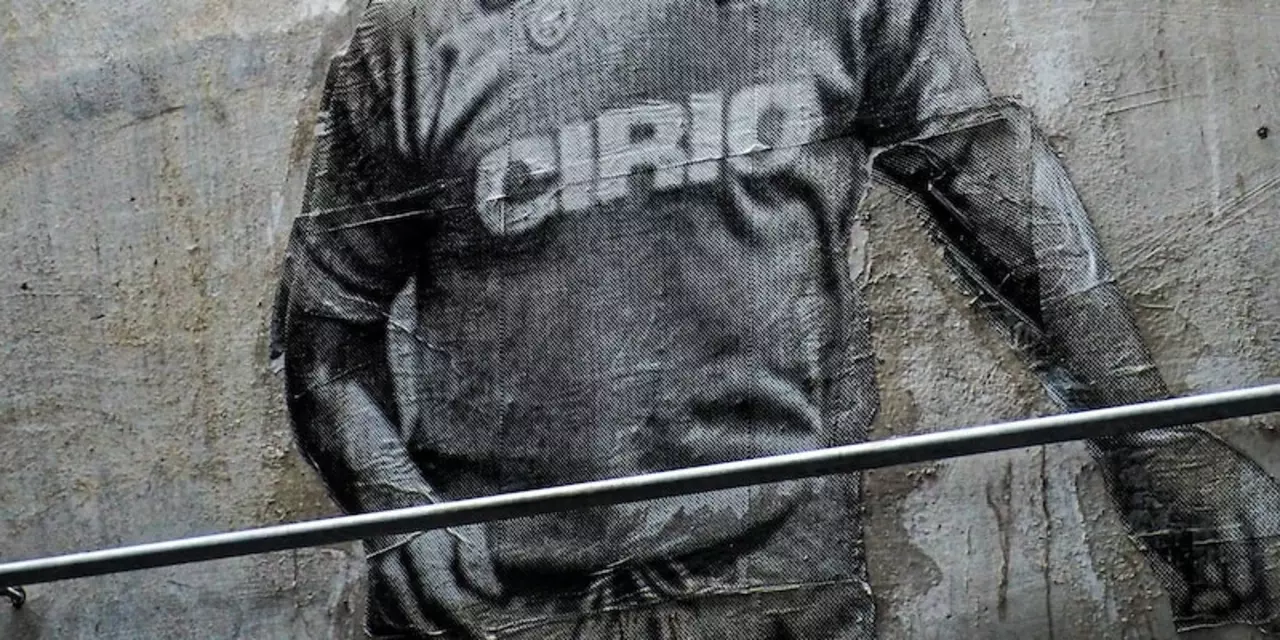Touch in Soccer
When you hear the word touch, the skill of handling the ball with precision using any part of the body. Also known as ball control, it forms the foundation of every successful play. Good touch lets you keep possession, beat pressure, and create space for teammates. It’s the glue that links raw talent to tactical execution.
Another essential piece is dribbling, the art of moving the ball past opponents while maintaining control. Dribbling builds on touch, demanding quick feet, close‑in control, and the confidence to change direction at speed. When you pair sharp touch with smooth dribbling, you turn a simple pass into a attacking threat.
Likewise, passing, the deliberate transfer of the ball to a teammate, relies on the same touch fundamentals. A crisp first‑touch pass lands where the receiver expects it, while a softer touch can thread the ball through tight gaps. The relationship is clear: strong touch improves passing accuracy, and precise passing gives you more opportunities to showcase your touch.
Why Touch Matters Across All Levels
From youth leagues to professional tiers, coaches constantly stress touch because it’s measurable and trainable. Players who can funnel the ball into tight spaces, shield it under pressure, and execute one‑touch passes often dictate the tempo of a match. In practice, drills like the “rondo” or “wall‑pass” reinforce touch by forcing rapid ball exchanges. The data side of modern soccer even tracks touch‑related metrics – first‑touch success rate, touches per minute, and duels won after a controlled touch – to evaluate a player’s impact.
Beyond the pitch, touch influences injury prevention. A player with refined touch tends to position the body better, reducing awkward collisions and conserving energy. It also feeds confidence; when you know you can control the ball in tight spots, you play with more freedom and take smarter risks.
Below you’ll find a collection of articles that dig deeper into each aspect: how to train your touch, the science behind first‑touch success, tactical uses of dribbling and passing, and real‑world examples from top leagues. Whether you’re a beginner looking for basic drills or a seasoned player fine‑tuning your technique, the posts here give actionable insights that build on the core idea of touch.
Ready to see how touch shapes every move you make on the field? Keep reading to discover practical tips, player stories, and expert analysis that will help you turn a good touch into a great game.
Why do some soccer players dive when barely touched?
In the world of soccer, diving is a controversial issue. It occurs when a player goes to the ground without clear contact from an opponent and often results in a foul being called in their favor. There are many reasons why a player may choose to dive, such as fear of contact, the desire to gain an advantage, or to deceive the referee. While diving can be seen as dishonorable, it can be an effective strategy if used correctly. The key for players is to understand when to dive and when not to dive for the best results.

 Sports Analysis
Sports Analysis